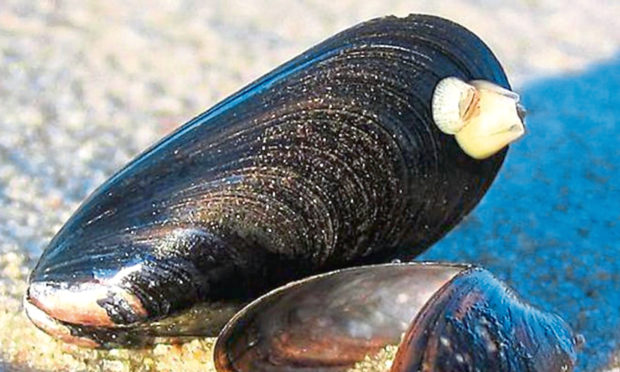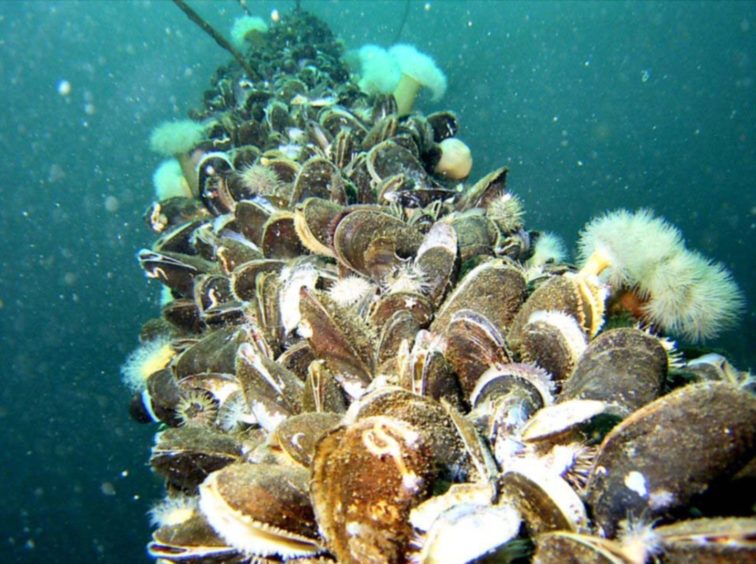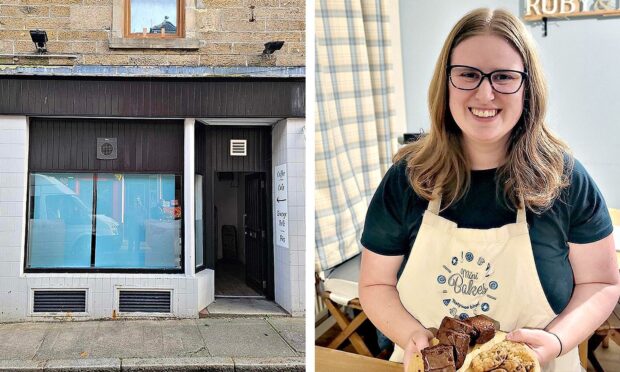Researchers and shellfish growers have teamed up to tackle a thorny problem afflicting the Scottish seafood industry – tube worms.
In what is thought to be a global first for the sector in Scotland, aquaculture experts are exploring the development of a new rapid diagnostic method to support mussel producers in detecting the biohazard.
Although harmless to consumers, tube worms can cause changes to mussels’ appearance as well as damage to the product packaging used.
They can also lead to issues through the production process, with some studies indicating problems with shellfish growth and weight caused by the worms.
Led by Stirling University’s Institute of Aquaculture (IoA), with support from the Sustainable Aquaculture Innovation Centre and shellfish firm Shetland Mussels, the new project is using DNA sampling to identify the presence of organisms in water as an alternative to current unreliable testing methods.
Initial tests are taking place at one of Shetland Mussels’ sites.
This project represents just one example of pioneering research that will support further sustainable growth to meet the global demand for protein.”
Heather Jones, Sustainable Aquaculture Innovation Centre
Data gathered through the trial will allow the research team to monitor patterns and seasonal variations that could inform cleaning schedules and potential site selection, as well as preventing future stock losses.
Similar molecular diagnostic techniques are common in finfish sectors, but the project could represent a significant step forward for shellfish production.
IoA aquatic invertebrate zoologist Stefano Carboni said: “Tube worms and associated biofouling is a long-standing concern for the shellfish industry, so it is important that we build an identification tool to support farmers to make informed decisions when they are detected in the water.
“Shells can be cleaned, but the timing of the process is crucial as larvae may still be present in the water after cleaning – leading to a reoccurrence of the problem.”
Mr Carboni added: “Currently, the only way to detect tube worms is by looking at a water sample under a microscope, but they can be easily confused with other organisms, and sampling only covers a small volume of water.
“A more practical and reliable method for identification would be an invaluable development for the industry, which could be applied on a global scale.”
SAIC chief executive Heather Jones said: “Shellfish production is a growing area of the Scottish aquaculture sector, and this project represents just one example of pioneering research that will support further sustainable growth to meet the global demand for protein.
“New data-led techniques such as this DNA diagnostic tool can help to drive the entire industry forward, with benefits spanning the environment, businesses operating in the sector, and the end consumer.”
Scottish aquaculture project aims to keep parasite-eating fish – and salmon farmers – happy
Shetland mussel firm targets big boost in production












